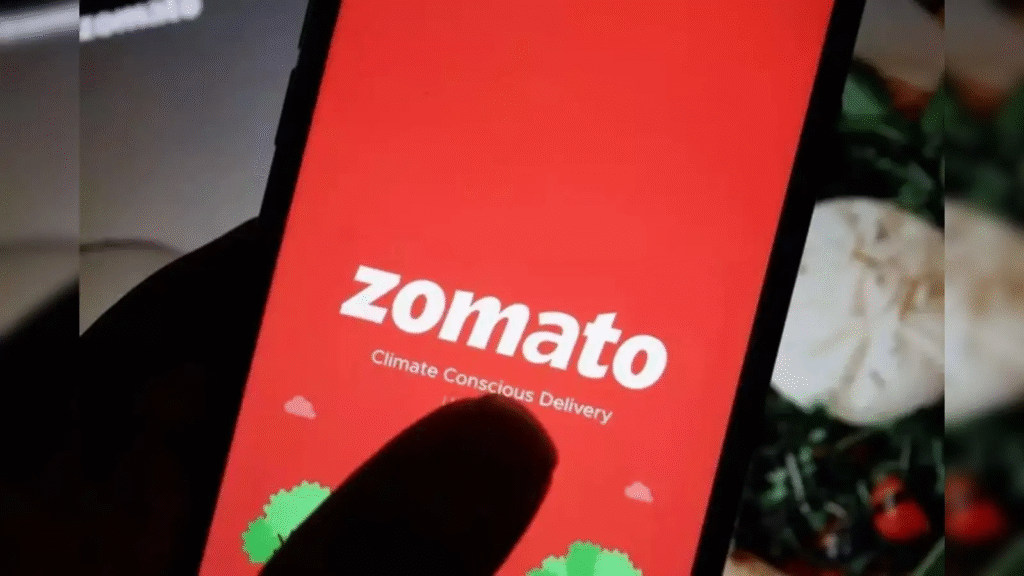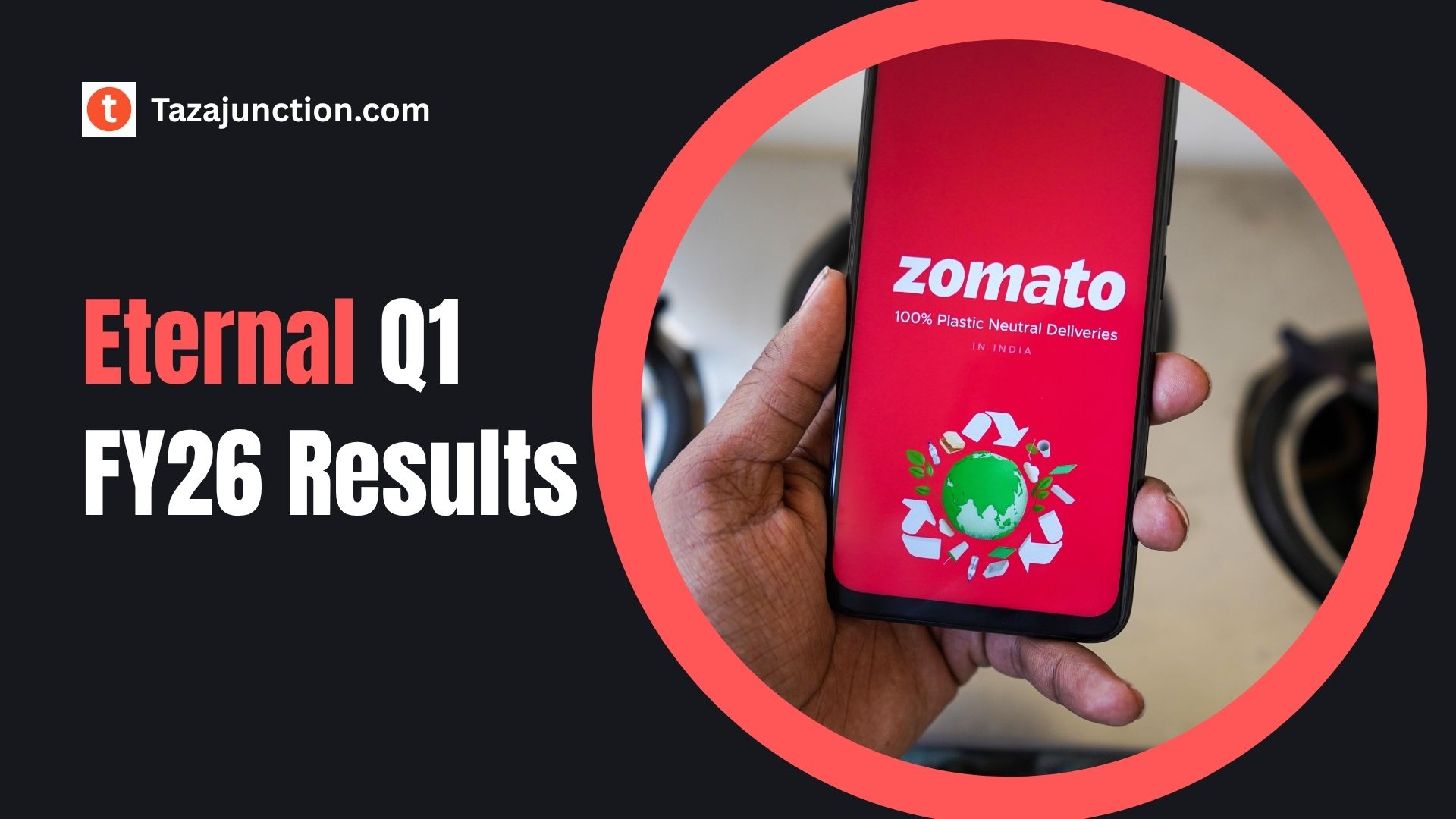Exciting news is on the horizon for foldable phone enthusiasts in China. The Honor Magic V Flip 2 has officially been slated for launch on August 21, and Honor is already teasing its standout design and premium color options.
From fashion-forward finishes to upgraded battery life and display tech, the Honor Magic V Flip 2 is shaping up to be one of the most stylish and technically advanced clamshells of 2025.
Here’s a deeper look with TazaJunction.com at what’s being revealed ahead of the official unveiling—and why the Honor Magic V Flip 2 is already generating serious buzz.
Table of Contents
Launch Details
The Honor Magic V Flip 2 is slated to debut in China on August 21, 2025, during an event expected to showcase its full features and pricing. Pre-orders have already begun, with early reservations starting around mid‑August and exclusive bundle offers available for early buyers.
Also, if you’re looking for innovation, performance, and versatility in one sleek package, the Samsung Galaxy Z Fold 7 is the foldable to beat in 2025.
Aesthetic Evolution: Elegant Design & Premium Colorways
One of the most talked-about features of the Honor Magic V Flip 2 is its visual style. Honor has partnered with luxury fashion designer Jimmy Choo to craft a “starry‑night” inspired finish for the standout blue variant—complete with shimmering patterns and Jimmy Choo branding on the hinge.
But style isn’t limited to just one version: the Honor Magic V Flip 2 will also come in refined grey, marble-style purple, and sleek white versions, offering a range of aesthetic choices for buyers.
Moreover, the device maintains a compact clamshell profile with an improved dual-camera arrangement—featuring two identically sized rear lenses—and a redesigned rectangular metal frame that offers both elegance and structural strength.
Display Upgrades: Bigger, Smoother, Brighter

The Honor Magic V Flip 2 keeps the beloved 4-inch front (cover) display, perfect for quick interactions. Inside, a generously sized 6.8-inch LTPO OLED screen promises smoother visuals with adaptive refresh rates that enhance both gaming and general use.
This layout allows users to easily manage notifications, control music, or answer calls from the outer screen, then seamlessly unfold to dive into immersive content on the larger display.
Power & Performance Enhancements
An area where the Honor Magic V Flip 2 particularly stands out is battery capability. Honor is tipping a massive 5,500 mAh battery, the largest ever in a clamshell phone, paired with fast charging performance—reportedly up to 80W wired speed. That’s a significant leap for a compact foldable.
Performance-wise, leaks suggest Honor will deploy a Snapdragon 8s Gen 4 chipset—poised to offer flagship-level capabilities in a “sub-flagship” package that balances speed and efficiency.
Camera & Imaging
The Honor Magic V Flip 2 adopts a revamped dual-camera setup. Rather than a mismatched pair like its predecessor, both sensors are the same size—headed by a high-quality 50 MP main shooter with OIS—hinting at improved low-light performance and consistency across shots. This change not only upgrades photo quality but also enhances the device’s balance and symmetry.
Pre-Order Perks & Variants
Interested buyers in China can pre-order the Honor Magic V Flip 2 starting August 13, offering them early access and a special “Pet Gift Pack”—a themed accessory bundle. Storage configurations are expected to include:
- 12GB RAM + 256GB
- 12GB RAM + 512GB
- A premium 16GB RAM + 1TB version, likely exclusive to the Jimmy Choo designer edition.
How the Magic V Flip 2 Compares?
In a rapidly growing foldable market, the Honor Magic V Flip 2 sets itself apart with:
- Stylish finish and thoughtful designer collaborations
- Massive battery capacity for all-day use
- High refresh-rate, adaptive displays
- A balanced camera design
- Pre-order bundles that reward early birds
While brands like Samsung and other Chinese makers remain strong contenders, Honor is carving out a niche focused on fashion, practicality, and real-world performance.
Final Thoughts
The Honor Magic V Flip 2 is not just another foldable—it’s a statement. Launching August 21, it promises a rare combination of beauty, muscle, and battery life—all wrapped in a compact design.
For those seeking a foldable phone that blends art with innovation, the Honor Magic V Flip 2 could very well be the game‑changer of the year.




























